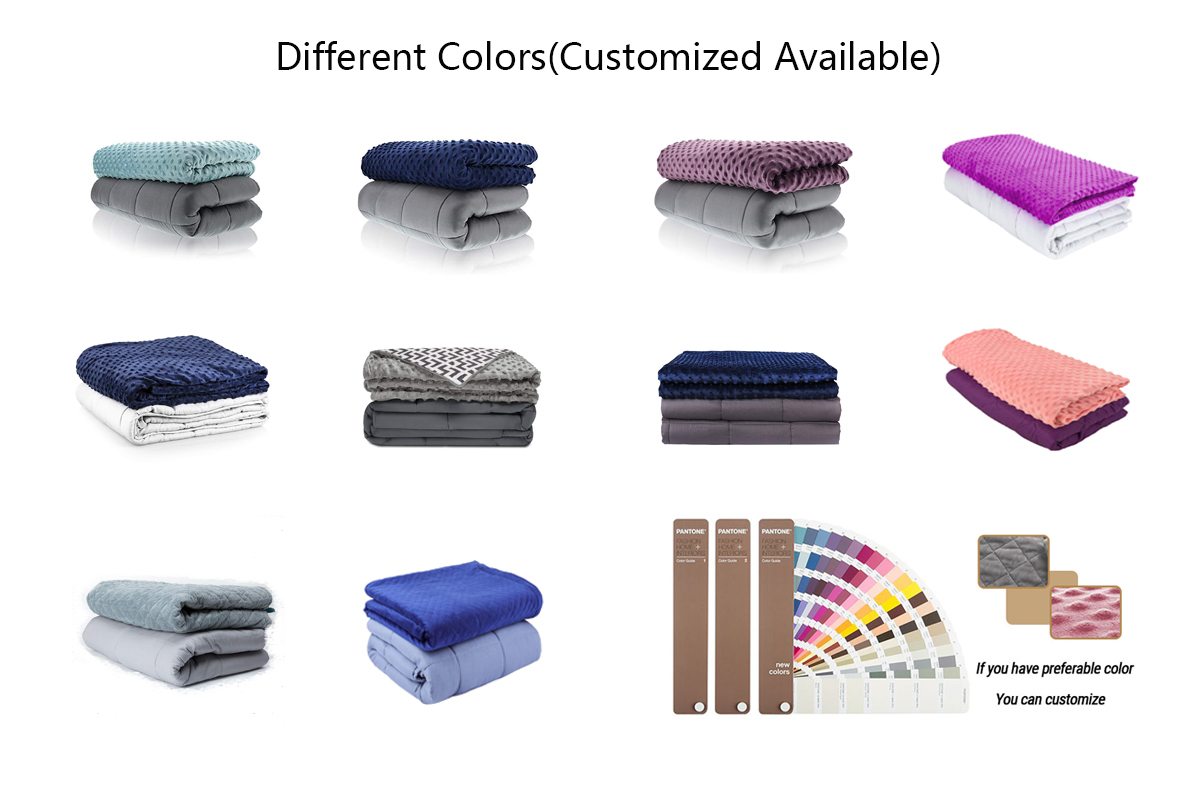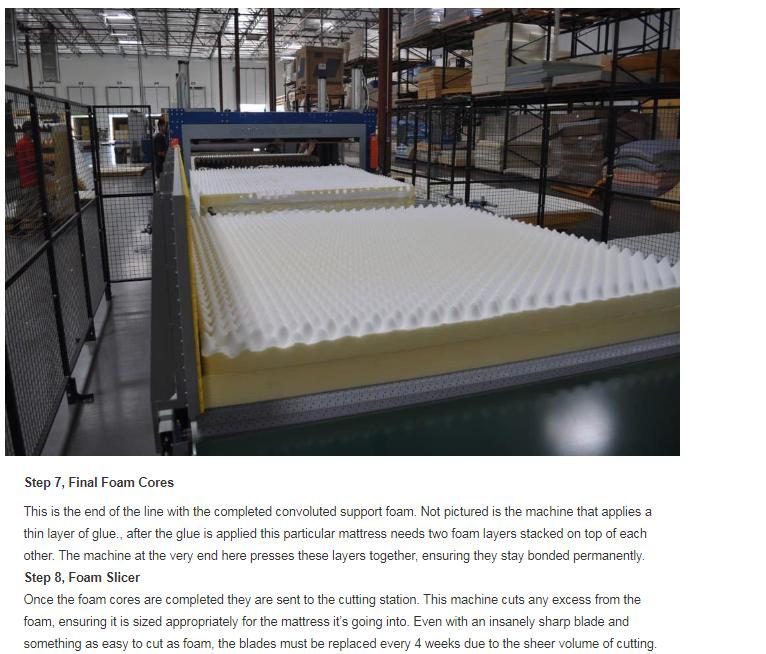The Shedding of New Towels: An Examination of Quality Control in Textile Manufacturing
The process of shedding new towels involves an examination of quality control in textile manufacturing. This study aims to investigate the factors that affect the quality of new towels during manufacturing and provide practical suggestions to improve the overall quality of textile products. The results indicate that attention to detail and consistent monitoring are crucial in ensuring the highest standards of quality control. Implementing these recommendations can lead to improved product quality, increased customer satisfaction, and better overall performance for textile manufacturing companies.
Textiles are an integral part of our daily lives, from the clothes we wear to the curtains in our windows and the towels we use to dry ourselves after a shower. However, have you ever noticed that newly purchased towels tend to shed more than their older counterparts? This phenomenon is not only limited to towels; any new textile product may undergo a similar process.
When it comes to understanding why new towels shed, it is essential to first delve into the world of textile manufacturing. The process of turning raw materials into clothing, towels, or any other textile product is quite complex. It involves spinning, weaving, dyeing, cutting, and sewing, among other steps. Each of these processes has the potential to impact the final product's quality and durability.

One of the main reasons for shedding in new towels is the cut fibers during the manufacturing process. When working with raw materials like cotton or polyester, it's common for there to be variations in fiber length and quality. These variations can lead to some fibers being cut shorter than others during the spinning and weaving process. When a towel is washed for the first time, these short fibers may come loose and end up in the wash water, resulting in what we commonly know as "shedding."
Another factor that contributes to shedding is the use of harsh chemicals during the manufacturing process. Many textile manufacturers use chemical agents to improve the colorfastness, softness, or other properties of their products. However, these chemicals may also damage the fibers, making them more susceptible to shedding.
To ensure the best quality in their products, many manufacturers have started adopting more environmentally friendly manufacturing practices. These practices include using organic and sustainable materials, reducing the use of harmful chemicals, and adopting fair trade practices. By supporting these manufacturers, consumers can be assured that their towels will not only be free from harmful chemicals but will also last longer, reducing the need for frequent replacements.

In conclusion, the shedding of new towels is a complex issue that requires a comprehensive examination of the entire textile manufacturing process. From fiber selection and chemical treatments to the actual manufacturing process, each step has the potential to impact the final product's quality and durability. By understanding these factors and making informed decisions when purchasing textiles, consumers can ensure that they are getting products that not only meet their needs but also last for a longer period.
Articles related to the knowledge points of this article:
Unconventional Suit Code: The Rise of the Uncollared Tie in Professional wear
Title: How to Tie a Tie Perfectly: A Comprehensive Guide
The Art of Tie Knotting: How to Match a Grey Suit with a Winning Tie
Title: The Art of Elegance: An Ode to the Silk Scarf
Womens Jacket with a Down Vest: A Fashionable and Warm Clothing Option
Feather Jacket Recycling: A Sustainable Solution to Cold-Weather Apparel



